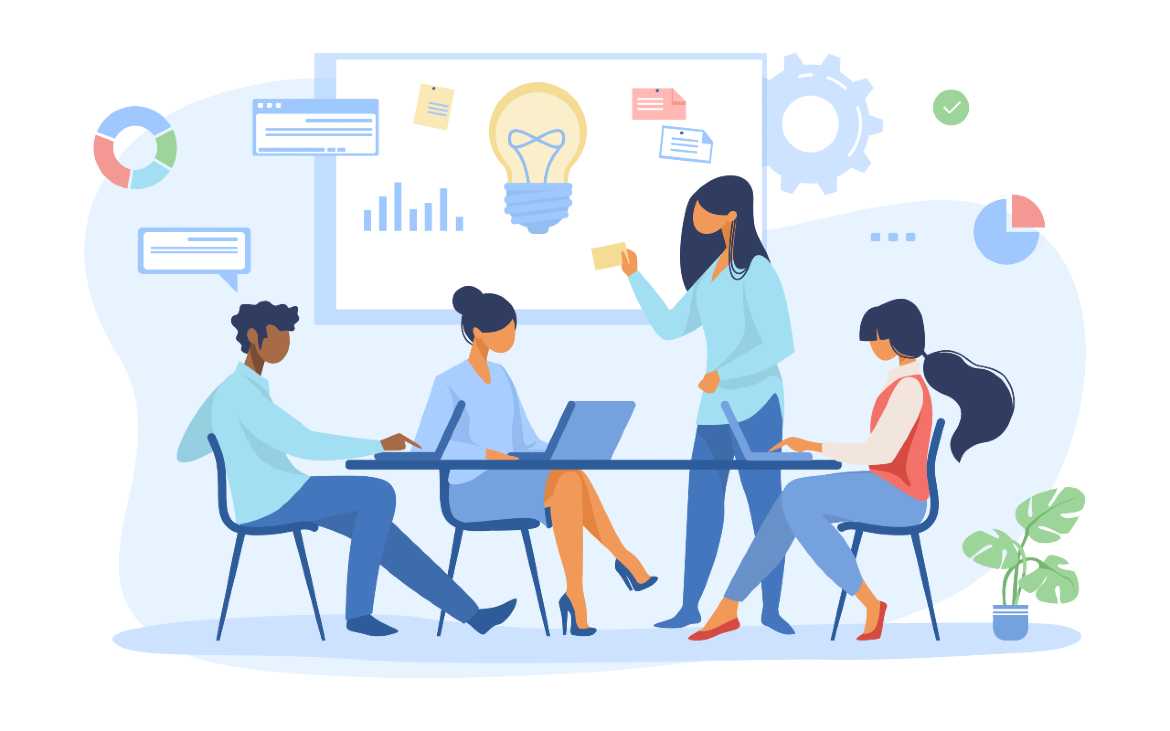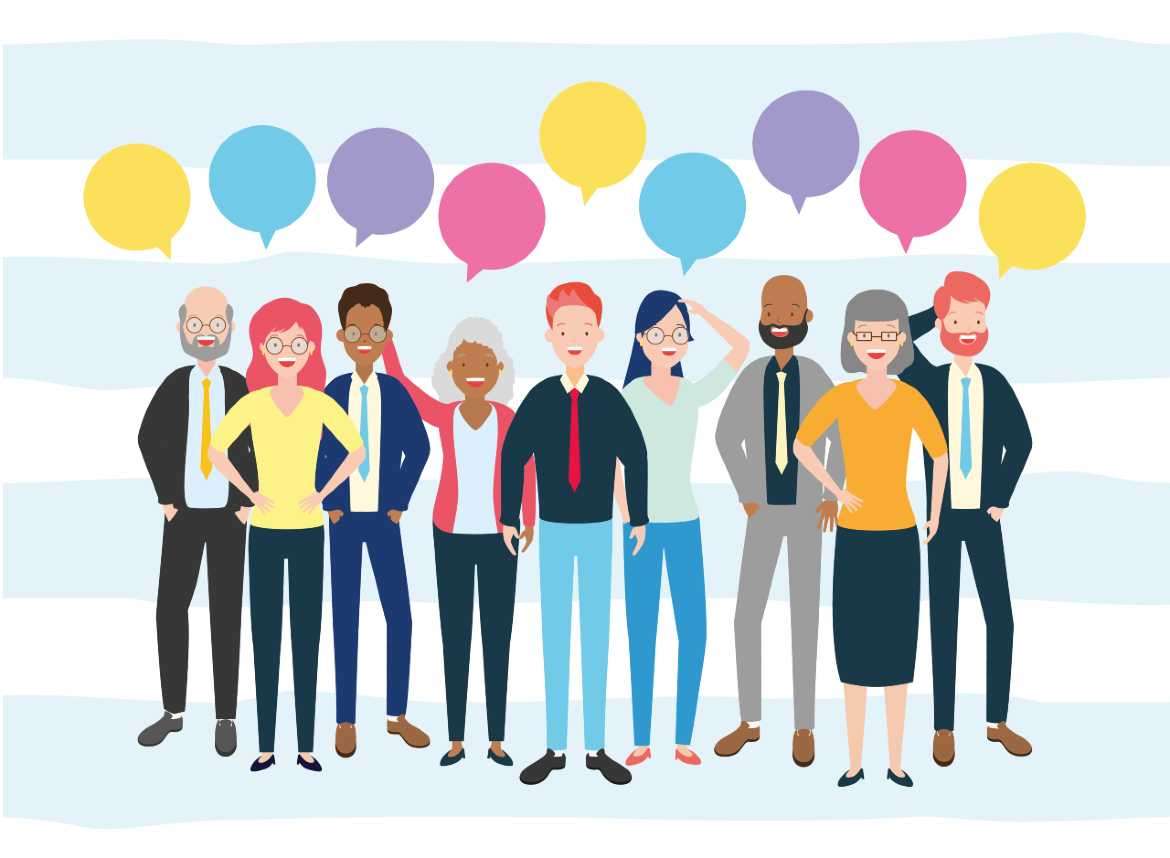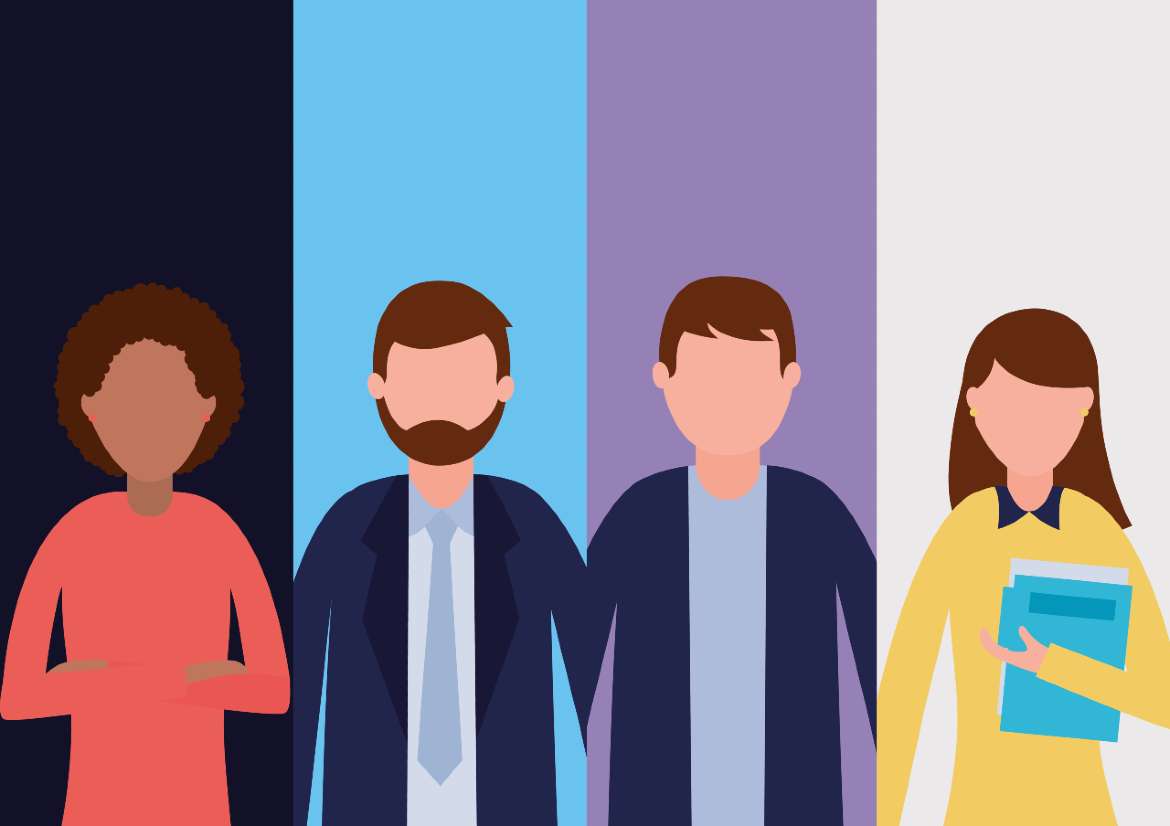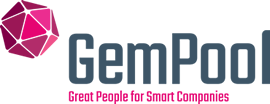
Workplace Diversity and How We Can Tackle Unconscious Bias
Posted on:
Diversity and Inclusion
In today's work environment, the word ‘diversity’ is taking its place to a whole new level and earning more and more respect for its meaning. As the general definition states, diversity at the workplace consists of having people that are different in ages, abilities, languages, races, ethnicity, nationalities, social and economic statuses, genders, sexual orientations and religions. How is it really impacting the company and benefits that diversity brings with it?
In today's blog I will touch on what is diversity in the workplace and evaluate how its influence can be altered by our own unconscious bias.
Let's begin with rephrasing the general definition with mentioned characteristics and apply it to business point of view. In other words, a business with workplace diversity has employees and employers with a broad range of experiences and characteristics that are not judged in any way.
It doesn’t stop just there. When focused specifically on a person, diversity also sums up how different everyone is from one another, not just based on those points mentioned above, but also their identity, looks, ideas, experiences, lifestyles, beliefs, career aspirations and hopes.
From a recruiters' point of view, this means that a person is not ‘diverse’, and that you cannot look for a ‘diverse’ candidate. People are different and unique, and their differences and uniqueness bring diversity to the environment they are in.
What are the statistics regarding diversity?

In the past few years, the topic of diversity in the workplace has been surfacing more often, giving it the publicity that it deserves.
Nowadays companies increasingly appreciate differences between individuals and their varying attributes and characteristics are acknowledged and valued.
For example, a study from McKinsey’s research states that gender diverse companies outperform industry norms by 15%, racially and ethnically diverse companies by 35% and gender and ethnic diverse companies combined at 25%. However, there is still room to grow.
As noted in The Forbes Insights study, Fostering Innovation Through a Diverse Workforce, majority of companies have programs in place to recruit employees to expand diversity (65%), but less of them (53%) follow that up with diversity-focused development programs, and diversity-focused retention programs (44%).
So, what is stopping research statistics getting closer to 100%? Some claim that it is general laziness from employers' side, others state the lack of time is to blame. However, plans on increasing diversity can be less time consuming and without additional expenses, if they are planned ahead.
To solve this issue, everyone in the company should be asked to participate in workplace diversity training or mentoring programme. This will help them become more aware of workplace diversity issues and how to make them heard.
These programs are where employees and employers can learn about the benefits of multi multi-generational and multilingual workforce and the importance of strengthening anti-discriminatory policies.
At the same time, a question on the importance of diversity in the workplace is also not hitting 100% amongst employees. A survey conducted by Glassdoor found that just about 57% of employees think their companies should be more diverse and 67% of job seekers said a diverse workforce is important when considering job offers.
Voicing the importance of diversity and inclusion in a workplace and rooting out unconscious bias

To strengthen employee's belief in the importance of diversity at the workplace, employers should ensure that the executive team portrays diversity. By nurturing a business culture where every voice is welcomed, heard, respected and responded, employees will feel appreciated and accounted for as their needs and preferences will not be dismissed.
But even with these efforts, there is something else that may be affecting the possibility to grow and strengthen diversity in the workplace. That is unconscious bias, but what it really is?
We know that unconscious means something done or existing without one realising and bias is defined as inclination or prejudice for or against one person or group, especially in a way considered to be unfair.
In the work environment, unconscious bias can be explained as people favouring others who share their values, interests or other similarities.
For example, a person may be better suited to someone with a similar colour or ethnicity, sex, educational background or religious beliefs, and can be completely unaware that they're actually being bias towards another.
Some say their decisions are made by ‘gut feeling’, or sometimes even intuition, but in the core, that is the meaning of being unconsciously biased as they take from their emotions for decision making.
Examples of the most common unconscious biases to be heard are: gender, name, similarity, appearance (height/beauty), attribution, confirmation, contrast effect (compared to other candidates) or age biases. However, there are also so called ‘The Horn’ or ‘Halo Effect’ biases, that is when someone's performance or character is generalised based on just one trait or event. If the trait is a positive one, it’s called the halo effect, and if it’s a negative one, it’s called the horn effect.
It is worth remembering that it is natural, unintended, and can be mitigated.
How can we tackle unconscious bias and discrimination in the workplace?
-
Probably one of the most prevalent suggestions to be given is ensuring that everyone knows unconscious bias exists, as it is the first step to avoiding it. This can be achieved through discussion via team meetings, additional training, assessments, article writing and other.
-
Recruiters can also be encouraged to develop a blind system where applications can be reviewed without seeing characteristics, such as name, gender, place of birth and other, while using gender natural language when advertising a job position.
-
Last, but not least, employers should implement procedures which limit the influence of individual characteristics and preferences as well as adjust and edit existing policies by using gender natural language.
Together let’s create and equal, diverse and unbiased work environment

Business vector created by gstudioimagen - www.freepik.com
To summarise, we need to remember that every human has to be valued by their abilities and capabilities within a certain field of expertise, regardless of their characteristics, that define them as a person in our eyes.
Every individual has a story and potential that can be either empowered or diminished by our views and actions. Existing staff must be willing to learn about the benefits of diversity in the workplace and should learn on how to tackle unconscious bias due. This is due to the importance and the impact that it leaves on business, something we are very well aware of here at GemPool.
Let’s change the world together! I am recruiting for great jobs around Europe with the absolutely diverse workplace. Please feel free to contact me on LinkedIn or send me an email veronika.abramova@gempool.ie and I would be happy to help you in your job search journey.





